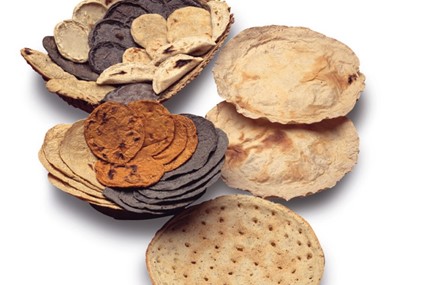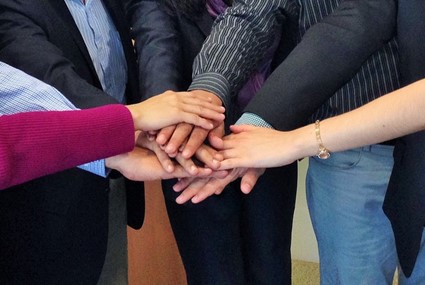
UK Gender Pay Gap Report 20/21
UK Gender Pay Gap Report 2020/21
Mission Foods UKI is a leading manufacturer of wraps, pittas, naans, kits and Tortilla Chips with over 600 UK employees. Having a workforce that is diverse and inclusive is essential for a modern, sustainable and successful business. We believe that to be best in class and totally consumer focused, we need a balance of genders so that we can benefit from a diversity of leadership styles, thoughts and teamwork. We live and breathe our Mission values of Commitment, Perseverance, Effort and Significance. The power of our diversity is crucial in ensuring that these values remain deeply rooted and in making Mission Foods a great place to work.
Gender Pay Gap
This report summarises our Gender Pay Gap which is the difference in average earnings between men and women across all roles. As of the snapshot date (05 March 2021) the table below shows our overall mean and median gender pay gap based on hourly rates of pay. The percentage shown is the difference in overall mean and median pay and bonus between men and women:
| Mean Pay Gap | Median Pay Gap |
| 5.39% | 3% |
Across the two Mission Foods manufacturing plants in the UK our mean gender pay gap is 5.39%.
Our overall efforts in the UK will continue with the work we have started. Promoting diversity and embed a culture of gender equality across our business. The main reason for the pay gap is the balance between men and women in senior roles and this is clearly reflected in our highest paid quartile data across the UK. We continue to be specifically focused on this area to ensure that women are not only treated fairly, but that they are also given the opportunity and encouragement to progress into senior roles, an example of this is the recent appointment of Paula Jordan, our Managing Director
We identified the following areas to focus on and will continue to do so over the next 12 months:
- Monitor diversity performance for regular reporting at our Monthly Leadership Meetings ensuring gender representation on decision making
- Focus on gender diversity in our leadership development programmes ensuring we have strategies to equip staff to progress regardless of gender
- Ensure our performance evaluation processes are free from gender bias through calibration of the annual reward review.
- Focus on gender diversity when hiring into our apprenticeship programmes.
- Review succession planning with a gendered view to identify any barriers to female advancement and ensure they are removed.
- Review of flexible working policies where possible.
- Roles are advertised internally to widen pool of candidates
- Ensure diverse panels are responsible for recruiting decisions. We are working hard to ensure we offer an inclusive workplace, playing our part in offering choices that support people to have a fulfilling career at all stages of life. We already have great male and female role models in our business. We recently appointed our Managing Director, Paula Jordan who will assist in promoting diversity projects across the organisation. Our journey to gender pay balance continues.
Proportion of Males and Females in Each Pay Quartile
We have divided our population into four equal-sized pay quartiles. The graphs below show the percentage of males and females in each of these quartiles.
| Lower | Lower Middle | Upper Middle | Upper | |
| Female | 37.08% | 24.72% | 31.46% | 19.57% |
| Male | 62.92% | 75.28% | 68.54% | 80.43% |

Our Commitment
We are committed to being an inclusive business – which is why we will continue to actively drive our diversity and inclusion strategy, guided by our values that are rooted in respect. We are confident that achieving a change in our gender balance is the right place to start to reduce our gender pay gaps. We will also continue to consider all our practices to ensure we best reflect the general population and build a truly inclusive culture.
Mohammed Saeed
VP - Human Resources EMEA




